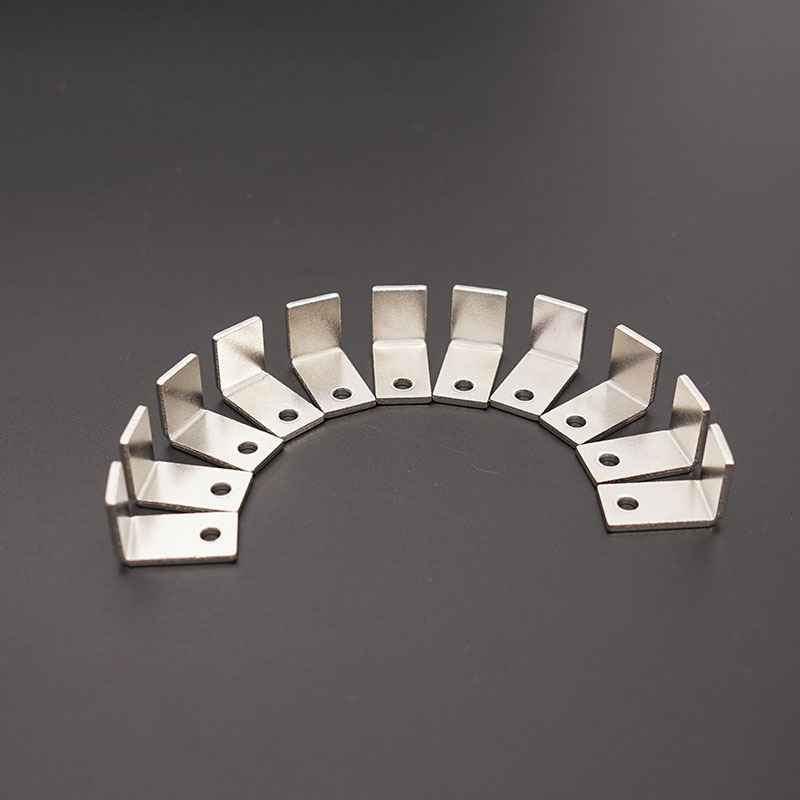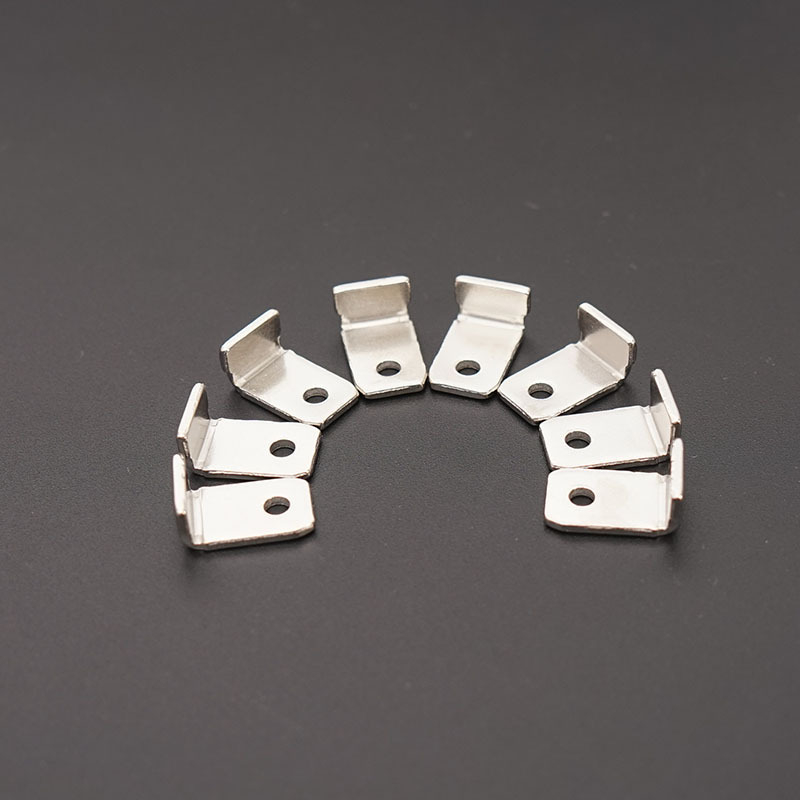When it comes to improving the processing efficiency of stamping parts and addressing the issue of wrinkling, there are several key strategies that can be implemented to ensure a smoother and more efficient production process.
First and foremost, the proper design of the die is crucial in ensuring the quality of stamped parts. The design of the die should take into consideration the material’s characteristics, as well as the geometric shape and size of the stamped part. By optimizing the die design, unnecessary material wastage can be reduced, and each stamping process can be carried out accurately and flawlessly.
Secondly, selecting the appropriate press equipment is also a critical step in enhancing processing efficiency. Different models and specifications of presses are suitable for different types and sizes of stamped parts. Ensuring that the chosen press can meet production demands helps avoid production bottlenecks due to equipment limitations.
Furthermore, maintaining and servicing the press and die is essential in ensuring processing efficiency. Regular inspections and cleaning of the equipment can prolong its lifespan and reduce the likelihood of breakdowns. Additionally, replacing heavily worn die components on a regular basis helps maintain the quality of stamped parts.
Addressing the issue of wrinkling in stamped parts requires a series of measures. Firstly, ensuring that the material selection and thickness align with the requirements of the stamping process is crucial. The strength and ductility of the material directly impact deformation during the stamping process. Secondly, appropriately adjusting stamping process parameters such as punch speed, pressure, and lubrication method can minimize the occurrence of wrinkling.
Furthermore, using suitable punches and dies can effectively reduce wrinkling issues. Choosing punches with appropriate radii and edge profiles can reduce stress concentration in the material during deformation, thereby decreasing the likelihood of wrinkling.
Finally, promptly identifying and rectifying wrinkling issues is also crucial. During the production process, conducting regular quality inspections of stamped parts and promptly addressing any wrinkling problems by adjusting process parameters or replacing dies helps prevent the production of defective parts.
In conclusion, by optimizing die design, selecting suitable press equipment, performing regular maintenance and servicing of equipment, and implementing effective measures to prevent wrinkling, it is possible to significantly enhance the processing efficiency of stamped parts and ensure the stability and consistency of product quality.
Post time: Nov-14-2023


